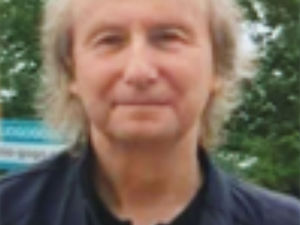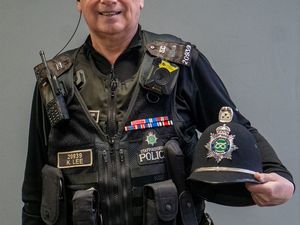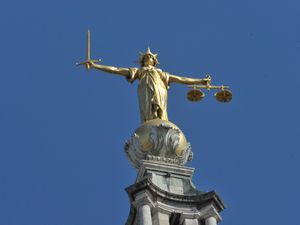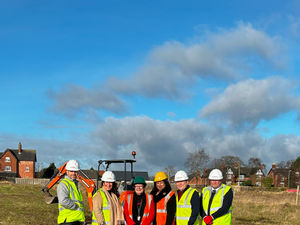How Staffordshire soldier chose the 'Unknown Warrior'
In London’s Westminster Abbey lies the body of the Unknown Warrior, a symbolic representation of all those who paid the ultimate sacrifice in the Great War.
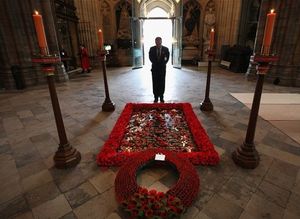
His body was brought from France to be buried at the abbey 100 years ago, on November 11, 1920.
The story, and the part a senior officer from the North Staffordshire Regiment played, has been researched by Cannock historian Richard Pursehouse and Danielle Crozier, formerly of the Staffordshire Regiment Museum.
"There are many stories about how the selection of the body was made, and whether he is truly unknown," they say.
The idea was originally put forward by the Reverend David Railton MC to the Dean of Westminster Bishop Ryle, and a concept took shape which was quickly agreed by the King and the government.
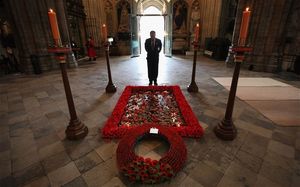
"Certain stipulations were agreed – the soldier must be unequivocally unknown, so that thousands of relatives could think he might be theirs, be British (identified by buttons and badge), and several bodies would be exhumed, all of which had to be from early in the war to ensure they were sufficiently decomposed and therefore unidentifiable.
"A final decision as to which coffin would travel to London would be made in the days before the ceremony.
"But who was to make that final decision? That task fell to a North Staffordshire Regiment officer."
He was Brigadier-General Louis John Wyatt who in 1939 set the record straight about how the process was undertaken in an open letter which was printed in several newspapers.
After the Great War Wyatt became Director of Graves, Registrations and Enquiries and was promoted in July 1920 to command British troops in France and Flanders.
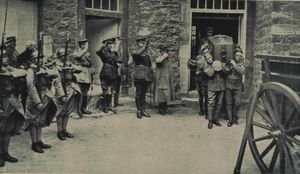
Wyatt told how he issued instructions that the body of a British soldier, which it would be impossible to identify, should be brought in from each of the four battle areas – the Aisne, the Somme, Arras and Ypres, on the night of November 7, and placed in the chapel of St Pol.
His letter said: “The four bodies lay on stretchers, each covered by a Union Jack; in front of the altar was the shell of the coffin which had been sent from England to receive the remains. I selected one, and with the assistance of Colonel Gell, placed it in the shell; we screwed down the lid. The other bodies were removed and reburied in the military cemetery outside my headquarters at St Pol.
“I have no idea even of the area from which the body I selected had come; no one else can know it."
It was sent back to Britain with six barrels of earth from the Ypres salient "to be placed in the tomb at Westminster Abbey, so that the body should rest in the soil on which so many of our troops gave up their lives."
Richard and Danielle say several claims have grown up giving alternative versions of the story.
For instance, at the unveiling of the war memorial at Stone in 1921, it was reported that sculptor Albert Toft, who designed the town's war memorial, claimed to be the true originator of the Unknown Warrior idea.
"Other ‘myths’ include who may be in the coffin – Rudyard Kipling’s son Jack? The Queen’s brother Fergus?"
In any event, the Unknown Warrior concept caught on, with other countries conducting similar ceremonies.
And the pair say that on the centenary of the burial of the Unknown Warrior there have been calls for this unidentified soldier who symbolises the sacrifice of a generation to be awarded Britain's highest accolade for valour – the Victoria Cross.

